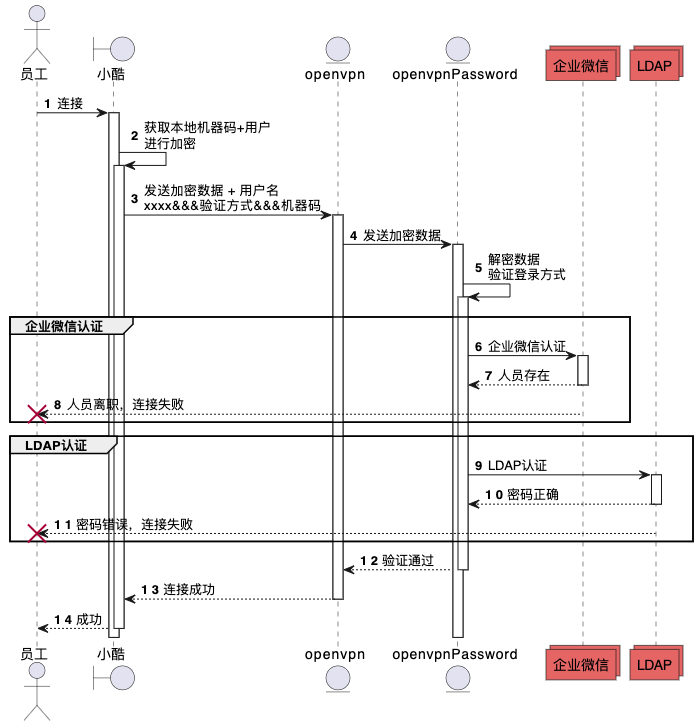1
2
3
4
5
6
7
8
9
10
11
12
13
14
15
16
17
18
19
20
21
22
23
24
25
26
27
28
29
30
31
32
33
34
35
36
37
38
39
40
41
42
43
44
45
46
47
48
49
50
51
52
53
54
55
56
57
58
59
60
61
62
63
64
65
66
67
68
69
70
71
72
73
74
75
| package util
import (
"bytes"
basicAES "crypto/aes"
"crypto/cipher"
"encoding/base64"
)
type Aes struct {
securityKey []byte
iv []byte
}
func AesTool() *Aes {
return &Aes{[]byte("123"), []byte("123")}
}
func (a Aes) Encrypt(plainText string) (string, error) {
block, err := basicAES.NewCipher(a.securityKey)
if err != nil {
return "", err
}
plainTextByte := []byte(plainText)
blockSize := block.BlockSize()
plainTextByte = AddPKCS7Padding(plainTextByte, blockSize)
cipherText := make([]byte, len(plainTextByte))
mode := cipher.NewCBCEncrypter(block, a.iv)
mode.CryptBlocks(cipherText, plainTextByte)
return base64.StdEncoding.EncodeToString(cipherText), nil
}
func (a Aes) Decrypt(cipherText string) (string, error) {
block, err := basicAES.NewCipher(a.securityKey)
if err != nil {
return "", err
}
cipherDecodeText, decodeErr := base64.StdEncoding.DecodeString(cipherText)
if decodeErr != nil {
return "", decodeErr
}
mode := cipher.NewCBCDecrypter(block, a.iv)
originCipherText := make([]byte, len(cipherDecodeText))
mode.CryptBlocks(originCipherText, cipherDecodeText)
originCipherText = StripPKSC7Padding(originCipherText)
return string(originCipherText), nil
}
func AddPKCS7Padding(ciphertext []byte, blockSize int) []byte {
padding := blockSize - len(ciphertext)%blockSize
paddingText := bytes.Repeat([]byte{byte(padding)}, padding)
return append(ciphertext, paddingText...)
}
func StripPKSC7Padding(cipherText []byte) []byte {
length := len(cipherText)
unpadding := int(cipherText[length-1])
return cipherText[:(length - unpadding)]
}
|
